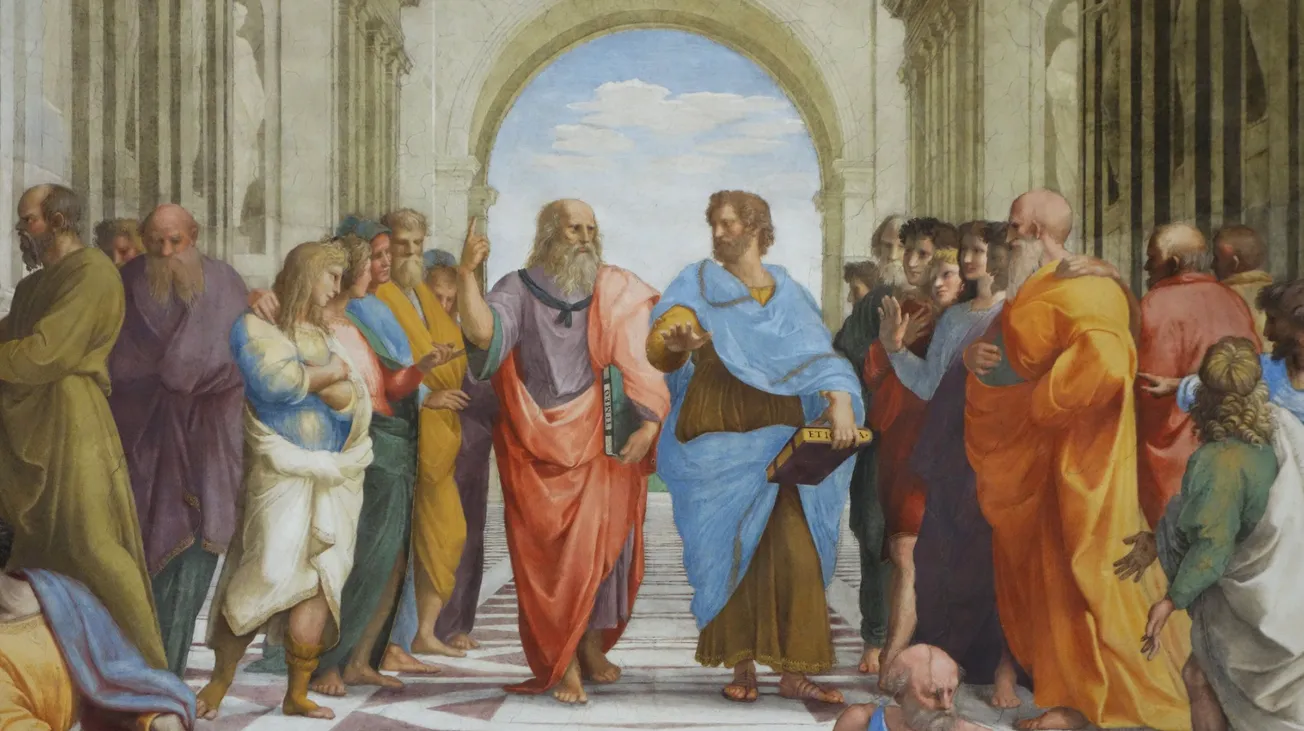Table of Contents
For the first time in Stanford’s history, freshmen are taking the class, “Why College?”. The optional course, Think70, forms the first module of the newly ratified Civil, Liberal, and Global Education Requirement (CLGER pronounced KL-ee-ger), Stanford’s latest attempt to bolster its commitment to a liberal education. Following a four-year testing period that began in September, freshmen will be required to take courses on “liberal education,” ethics and citizenship, and global perspectives during their first year.
Liberal education at Stanford is in crisis, but CLGER will not save it.
Last fall, Marc Tessier-Lavigne introduced CLGER in a report which concluded that Stanford’s attempts to provide a rigorous liberal education have been largely unsuccessful. The report found that Thinking Matters has not increased academic exploration since replacing the former multi-quarter requirement. Likewise, it found that WAYs has failed to encourage coursework diversity. The proposal complains that the most popular course to fulfill the Ethical Reasoning requirement, CS181W, is still in the School of Engineering.
The report also voiced concern with the increasing focus among first-year students on career over education. Students and parents seem to be increasingly captured by a sense of careerism and prioritization of salary. It says that if Stanford education becomes solely vocational, students will be unprepared to think through ethical dilemmas, will have a weak understanding of democracy, and will struggle to address the major existential problems of our day.
But placing core responsibility on students’ and parents’ views on education misses a glaring issue: the lacking quality of current coursework in liberal education. Students and parents certainly have a role to play in the trend towards STEM. But there is a fundamental disconnect between the bedrock principles of liberal education, and the actual instruction and course content Stanford provides more broadly.
Courses in liberal education are valuable because they aim to teach humanities as a discipline. Students can then apply the discipline’s frameworks, modes of analysis, and abstractions to solve significant, distinct problems outside their realm of study. But Stanford departments have often failed to demonstrate these practical takeaways to students due to a lack of rigor. It is unlikely a student will know how to approach problems through the lens of a historian, if he or she has not first been well trained on foundational aspects of historical analysis.
Many Stanford introductory classes, particularly in humanities, have gained a reputation for shallow course content and easy As, as a look at student reviews and former grade distributions on Carta quickly demonstrates. Students often do the bare minimum and focus on either minute details or vague abstractions to test well. Instead, an introductory course in liberal education should be a rigorous boot camp, where students learn how to put on the spectacles of the discipline.
For many students, the shift to vocational training was not so much a result of careerism as frustration with the lack of a free market of ideas within the Stanford departments. The report itself emphasizes that ideological diversity is a core value of liberal education. But Stanford departments claiming to adhere to principles of liberal education have less-than-phenomenal records of living up to principles of free thinking and discourse in their coursework. In brief observation of different THINK and humanities intro classes’ curriculum, it seems students are often only required to engage through passive means - produce papers and take tests. And while novel ideas can absolutely be exchanged on paper, generating an environment where ideological diversity is truly valued requires dynamic interpersonal engagement, where we stretch ideas to their limits and debate in community with others. The absence of that innately verbal, social confrontation of contrasting views often means we do not really have to grapple with “the other side.”
The late philosophy professor Ken Taylor demonstrated his understanding of the importance of challenge in his course Phil80. He forced us to engage in contrarian dialogues on the topic at hand and would question students by taking on different personas, particularly philosophers on the extremes. But Professor Taylor’s style is a rarity. Thus, many students who have not found that real exchange of ideas in class have turned to other avenues, like the Review.
The problems with Stanford’s liberal education run deep. CLGER’s three classes will do little, particularly if the University continues with its well-documented history of making liberal education requirements shallow and easy.
Instead, departments should use this time for CLGER’s development to also engage both faculty and students in critically analyzing introductory classes for lack of rigor. If students do not recall what they learned in an intro class, yet 70% of them got As, there might be a problem. The University should also encourage course instructors to study and implement pedagogical approaches that encourage robust dialogue in class.
Fundamentally, the Stanford “liberal education” must be built and rebuilt to actually align with the universal principles of liberal education that make it worthwhile. Otherwise, CLGER will do little to stop us from continually walking away from the Quad, and over to Huang.









